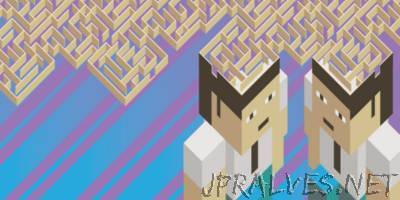
“Theoretical physicists from ETH Zurich deliberately misled intelligent machines, and thus refined the process of machine learning. They created a new method that allows computers to categorise data – even when humans have no idea what this categorisation might look like. When computers independently identify bodies of water and their outlines in satellite images, or beat the world’s best professional players at the board game Go, then adaptive algorithms are working in the background. Programmers supply these algorithms with known examples in a training phase: images of bodies of water and land, or sequences of Go moves that have led to success or failure in tournaments. Similarly to how our brain nerve cells produce new networks during learning processes, the special algorithms adapt in the learning phase based on the examples presented to them. This continues until they are able to differentiate bodies of water from land in unknown photos, or successful sequences of moves from unsuccessful ones.”
